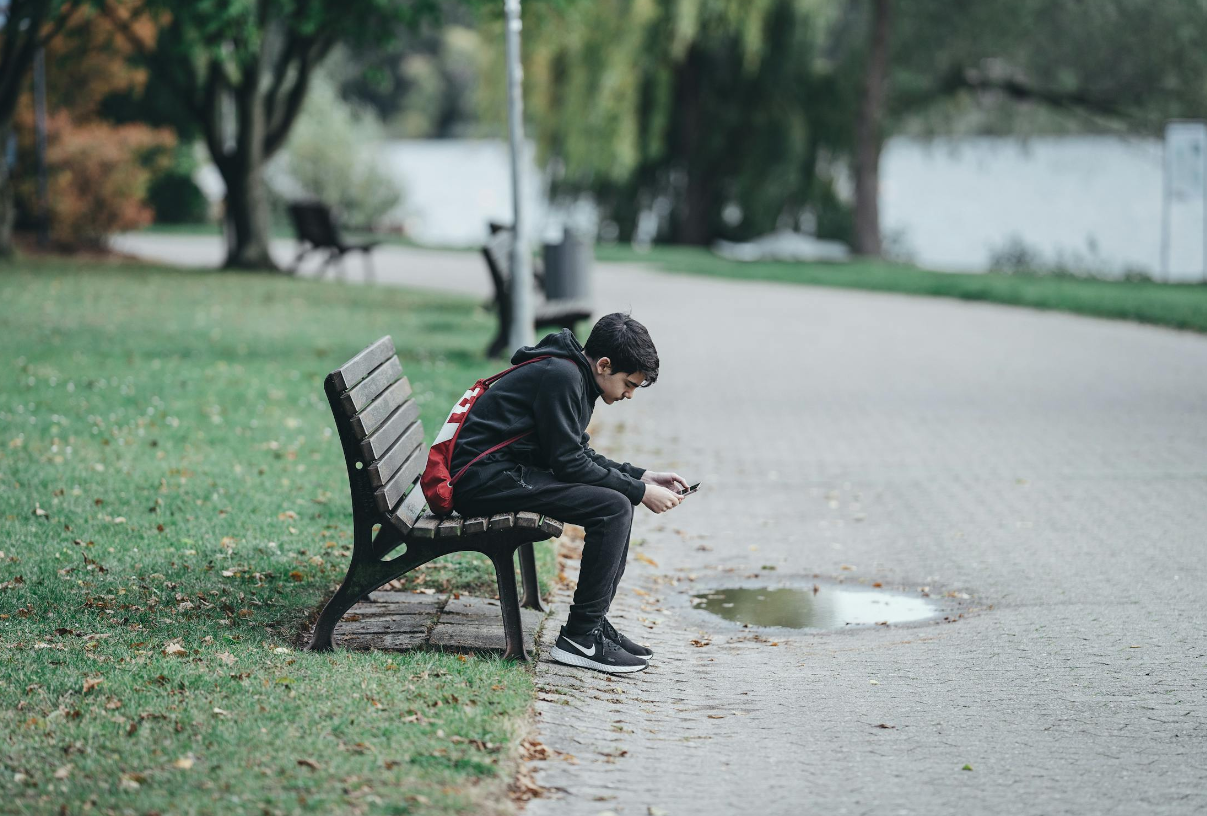There was a time when pre-teens and teens spent their free time shopping, reading, meeting friends, or going to the park or beach. Times have changed, however.
Teens nowadays don’t do all of that in their free time. They are rather glued to their smartphones.
Take, for example, Will. The Salford teenager admitted to spending eight hours daily looking at his smartphone. He used to love riding bikes when he was younger. But now, at 15 years of age, he scrolls through TikTok videos during his free time.
In June, however, he decided to be a part of a five-day digital detox, a part of a BBC project. Will wasn’t alone; nine more Salford teenagers joined in on the challenge.
Like the BBC, you can also help your teen take a break from their screens. How? We’ll discuss that in this guide. But before that, let’s understand why a digital detox is necessary for your teen.
Why Does Your Teen Need a Digital Detox?
Teenagers spend the equivalent of a 40-hour work week on smartphones. A feature by Fortune has revealed that.
Too much screen time can really take a toll on the mental health of adolescents.
Constant device and tactical gear use can mess with their sleep. Scrolling through TikTok or gaming late at night keeps their brains wired, making it harder to wind down and get quality rest.
Too much time online can also cause mental health issues. Adolescents who fall prey to problematic smartphone use are more likely to suffer from depression and anxiety, says *The Guardian*. Consulting child psychologists can provide support and strategies to help young people manage screen time and improve their mental well-being.
Social media plays a massive role since teens spend nearly five hours on social media.
Teens are constantly bombarded with filtered images, unrealistic standards, and the pressure to stay connected 24/7. That can lead to adverse mental health outcomes, including depression and anxiety symptoms.
It’s no surprise that Meta—the parent company of Instagram and Facebook—is facing lawsuits for putting young people at risk of mental health issues, informs TorHoerman Law.
More than a dozen U.S. have filed lawsuits against Instagram and Facebook for fueling mental health crises in teens. Some states that have filed lawsuits against Instagram and Facebook include Illinois, Minnesota, New York, and California.
The Instagram and Facebook lawsuit blamed Meta for deliberately designing features that addict teens to its platforms. Those features, the Attorney General of Illinois, Kwame Raoul, comments, contribute to body dysmorphia and thoughts of self-harm besides depression and anxiety.
Thus, a digital detox can help reset those habits, encouraging healthier sleep and contributing to positive mental health outcomes.
How to Get Your Teen to Try Digital Detox
Here, we’ll explore some ways to encourage our teens to take a break from their screens:
1. Start Small
A full-blown digital detox can sound intimidating to anyone, especially a teenager who practically lives on their phone. Bidding sudden goodbye to gadgets may cause more duress and withdrawal than one can imagine.
So, don’t suggest they go cold turkey; instead, take baby steps. Try a “no phones during dinner” rule or a “no screens after 9 PM” challenge.
Gradual changes are easier to digest and less likely to cause a meltdown. Plus, when your teen realizes that they survived a few hours without their phone, they may be more open to trying it for longer stretches.
2. Make It a Family Challenge
Don’t make digital detox a solo mission for your teen. Involve the whole family instead. Going tech-free will make it much easier to jump on board when everyone’s doing it together.
Propose a tech-free weekend or a few hours each evening where everyone unplugs from their devices.
To make things fun, create a reward system—like earning points for every hour everyone spends unplugged. At the end of the challenge, celebrate with a family outing or a movie night. This would be a great way to bond and create lasting memories without screens getting in the way.
3. Offer Alternatives That Don’t Feel Like Punishment
Suggesting digital detox often sounds like deprivation to teens. Your teen might become a rebel before you’ve even finished your pitch.
To convince your child to do a digital detox, don’t present it as “taking something away. Rather, frame it as a chance to explore new activities that can be just as exciting.
Suggest things that can fill the gap in a positive way. That could be learning a new skill, starting a project, or even something as simple as reading a book.
Tyrone Kolbe, an outdoor enthusiast, for instance, hosts a digital detox program for children. There, he teaches them skills such as fire ignition, water filtration and purification, building survival shelters, hunting, and navigation.
Getting your teen to try a digital detox might seem like an uphill battle. But with the right strategies up your sleeve, you can successfully guide them toward a healthier relationship with technology.
Don’t forget, the goal isn’t to eliminate tech but to help them realize that there is life beyond the screen and that life is amazing, too.
Who knows? With time, they might start enjoying their moments away from the digital world.

